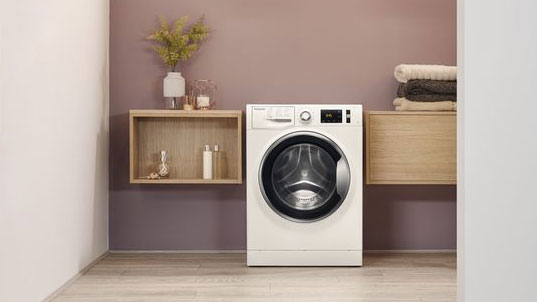

Wondering how to repair a washing machine that's not working as well as it once did? Laundry comes out badly washed, smelling musty or a different size or colour? It's easy to blame the machine, we know, but the problem could actually be how you are using it.
Did you know, for example, that there's an actual technique to checking you've loaded the right amount of clothing into your washing machine? Or that using too much detergent can make your washing smell worse, not better? Nope, us neither. So, we've delved into the reasons why your washing machine does a bad job, and come up with the advice below. Bye bye musty stains, hello gleaming whites.
If you need a new appliance, look no further than our guide to the best washing machines. Otherwise, use our guide on how to do laundry to find out how to wash all your items, from clothes to home furnishings, correctly.
You're washing machine is doing a bad job because...
How many will you score out of 10 on the your fault/its fault test?
1. You're not loading the washing machine properly
Yup, there's actually a proper way to do this, and it mostly involves checking you haven't overloaded the washing machine. If you do, you'll end up with dirty clothing at the end of your wash. What's more, overloading will leave detergent deposits on your clothes and in the bottom of the drum because the water won't be able to reach it to dissolve it, the appliance won't spin well, and overloading will eventually damage your washing machine.
So, here's how to check you've got it right. Place your dirty laundry into the drum, then slide your hand on to the top of the wash load. If you can easily fit your hand between the top of the washing and the top of the drum (or the door if it's a top-loader), the machine isn't overloaded. If you can't, it is and you'll need to take some items out. Ideally, your washing machine should only ever be three quarters full.
2. You're not being selective enough with what to you wash
We get that it's easy to just shove everything into the washing machine without really checking what you are putting in, but that does mean stuff that shouldn't go in the washing machine can slip through. Belts, keys, coins, all of these can be really damaging to your appliance, not to mention the clothes you are washing them with. Even underwired bras can cause damage (if the wire dislodges and works its way through the drum you might as well give up and get a new machine), so either hand wash them or invest in a special washing bag for your bra. Your underwear and your washing machine (and wallet) will thank you.
3. You’re not getting the washing detergent dose right
Why aim to get the dose right? It'll mean your clothes come out fresher, with no detergent stains and no musty smell. How to? Easy. Start by checking the instructions on your detergent’s packaging – there should be some indication there about how much to use for each wash load type. Next, bear in mind that the amount of detergent you'll need is determined by various factors: for example, you'll need more if your clothes are really dirty or stained, if the washing machine is fuller rather than half empty, or if you live in an area that has hard water.
Can you ever have too much washing powder? Yup, and if you do, you'll create a drum full of foam that won't rinse out – or, if you've got a good quality modern washing machine that has a sensor to monitor soap levels, it'll add on extra rinses until the wash is sud-free. Environmentally friendly? Not very...
Too much detergent foam can also stop the washing machine from emptying properly. Plus, too much foam stops clothes rubbing together, which is one of the actions your washing machine uses to wash your clothes.
The solution if you're faced with a foamy wash RIGHT NOW? Add a cap full of fabric conditioner in time for the next rinse cycle.
Still struggling to dose your detergent properly? Let a handy capsule do the job for you instead...
4. You're not using the right amount of fabric conditioner
Sounds like a small thing, right? But if you don't add the right amount of fabric conditioner to the drawer it will either a) have no effect at all if there's not enough or b) not dispense at all if it's over-full.
5. You’re choosing the wrong wash cycle
If you're anything like the Realhomes.com team (quick survey done), you stick to just one or two programmes for all your washing and rarely venture to choose other cycles that might be more suitable for your laundry.
So, it might be time to revisit the manual or, if you've lost it (guilty), look up your washing machine's functions online. It'll only take five minutes and it could transform how well your washing machine does your laundry.
For example, put a brightly coloured, synthetic T-shirt on a cycle for cottons and you'll notice it begins to fade after a few washes. Or pick that eco setting for heavily stained clothing and you may find that the low temperature doesn't do the job. Or pick a cotton setting for hand wash items and you'll find them stretched or ripped. Combine this with the wrong detergent dose and you're looking at a #laundryfail.
You can use the items' care labels to find out which cycle to pick, but if in doubt – or you've removed the label – here's a quick guide to picking the right cycle (note: temperatures are tackled next):
Cottons need a high agitation wash and a high-speed spin; both these functions clean cottons well but won't suit more delicate fabrics.
Delicates (whether woolly jumpers, silk blouses or lacy underwear) need a low agitation wash and a lower speed spin.
Handwash items (clothes marked ‘handwash only’) need a low agitation wash and a low speed spin.
Quick wash (we all use this one most, right?) has a high spin speed, so it really is just for lightly soiled clothes but not delicate or handwash only.
Synthetics need a medium agitation wash and, ideally, a low speed spin.
6. You're choosing the wrong wash temperature
First port of call: fabric care labels to check the preferred temperature setting. Got a mixed load (that'll be every single time you do a wash load, we know)? Choose the lowest temperature of all the items and set it at that. Bear in mind that modern washing machines and detergents can perform really well at lower (even cold) temperatures.
Label offering a range of temperatures? Use these temperature settings as a guide, assuming the fabric can take it; otherwise wash at a cooler temperature to be more environmentally-friendly:
Hot wash (60°C and above) will tackle tough stains or bacteria-laden items (think pillowcases someone with a cold has laid their head upon, tea towels, the dog's favourite blanket).
Warm wash (40°C) is ideal for items that touch your body directly: think underwear, T-shirts, leggings and the like.
Cold wash (15-30°C) can be used for lightly soiled and brightly coloured items.
7. You’re choosing the wrong spin cycle
As we said above, generally delicates need a slower spin cycle, synthetics can take a medium spin speed, and cottons and the like can cope with a faster cycle. However, it's worth bearing in mind (if you can customise your wash cycle) that:
Faster spin cycles mean more agitation which means better stain removal and fabric cleaning. However, your fabrics might suffer.
Lower spin cycles mean less agitation, which is better for your fabrics. However, you might find that stain removal and cleaning are disappointing.
8. You’re not emptying the washing machine quickly enough
It's all very well putting a wash on and going off to work or – if you're like us – forgetting that you ever put the wash on in the first place and discovering it the next morning. But if you don't empty your wash load quickly (and we mean within a couple of hours of the programme ending), you'll find that you need to work harder at the ironing and the washing won't smell as fresh as that emptied quickly.
9. Your detergent tray has a build up
If you're a washing powder user, you might notice lumps of detergent building up in the detergent tray. And if there are visible lumps, there are almost certainly more further down the line, between the tray and the drum. All of which means your detergent's blocked from reaching your wash.
The solution? Use less detergent and clean the tray regularly – just removing it and standing it in hot water for a while before giving it a quick scrub with an old toothbrush, drying and replacing it will solve the problem. More on cleaning a washing machine below.
Or, if that seems like a job you could do without, put the detergent into the drum directly on top of your clothes. We think liquid detergent or capsules will make a better job of this than powder.
10. Your washing machine is dirty
Hardly surprising is it? Your washing machine not only has to cope with dirty clothing, bedding, towels, dog beds and, occasionally, shoes, it's also a damp, warm place that's perfect for breeding bacteria.
Cleaning a washing machine is really simple (use our guide to find out how), but it's worthwhile knowing that some washing machine warranties will be invalidated if you use a washing machine cleaner or descaling product, so check the manual first. We tend to favour using white vinegar and putting the empty machine on a hot wash; wiping rubber seals and crevices is a must, too.
Find out more about using vinegar to clean your home in our guide.
11. You're not letting your washing machine air
Just to keep things as clean and hygienic as possible, it's a good idea to leave your washing machine door open slightly after each wash. This will allow any moisture to escape and prevent the build up of the previously mentioned breeding bacteria and the smells that go with them. Wipe down the inside of the door and the rim after every wash too, to get rid of any water droplets.
12. Washing machine not draining? There could be a blockage
If your washing machine isn't draining excess water it could be because there is a blockage or the pump is broken. You can check which one looks more likely by listening to your washing machine throughout the cycle, if you can hear that the pump is running but the water isn't draining then it's a blockage; if you can't hear the pump at all that more likely than not, it's broken.
You can usually clear a washing machine blockage yourself. First turn off the washing machine at the plug, and lay down some towels as it will probably leak. Next, check the pump filter, which is usually situated at the bottom of the machine and clear it of any debris.
Then, inspect the drain hose. Typically attached to the U-bend under the sink, the drain hose will be connected via a spigot. Unscrew the spigot and empty any excess water from the hose into a bucket or sink. Look in the hose and the U-bend for blockages and remove anything hiding in there.
Of course, if you have a smart washing machine, you'd be able to use the machine's app to find out what's wrong with it – almost like your washing machine could talk. See our guide to find out what other clever things a smart washing machine can do – and whether you should buy one.
13. You need to replace your washing machine...
Of course, it might just be that you need to replace your washing machine because it's come to the end of its life. We've reviewed all the best washing machines for you, and our price comparison tool will allow you to buy them at the best price. Use our guide to choosing a washing machine and tumble dryer to make the right choice, then find a washing machine to suit you:
- The best integrated washing machines
- The best quiet washing machines
- The best cheap washing machines under £300
- The best washing machine deals
- The best washer dryers
Our top pick? The freestanding Samsung WW90K7615OX gets the top spot of our choice of the best washing machines, with the Indesit Ecotime IWME147 washing machine our pick of the best integrated models. Find the best prices using our comparison tool, below – or browse the best of the rest in our feature.
More laundry-related info:
Join our newsletter
Get small space home decor ideas, celeb inspiration, DIY tips and more, straight to your inbox!
Lucy is Global Editor-in-Chief of Homes & Gardens having worked on numerous interiors and property titles. She was founding Editor of Channel 4’s 4Homes magazine, was Associate Editor at Ideal Home, before becoming Editor-in-Chief of Realhomes.com in 2018 then moving to Homes & Gardens in 2021. She has also written for Huffington Post, AOL, UKTV, MSN, House Beautiful, Good Homes, and many women’s titles. Find her writing about everything from buying and selling property, self build, DIY, design and consumer issues to gardening.
-
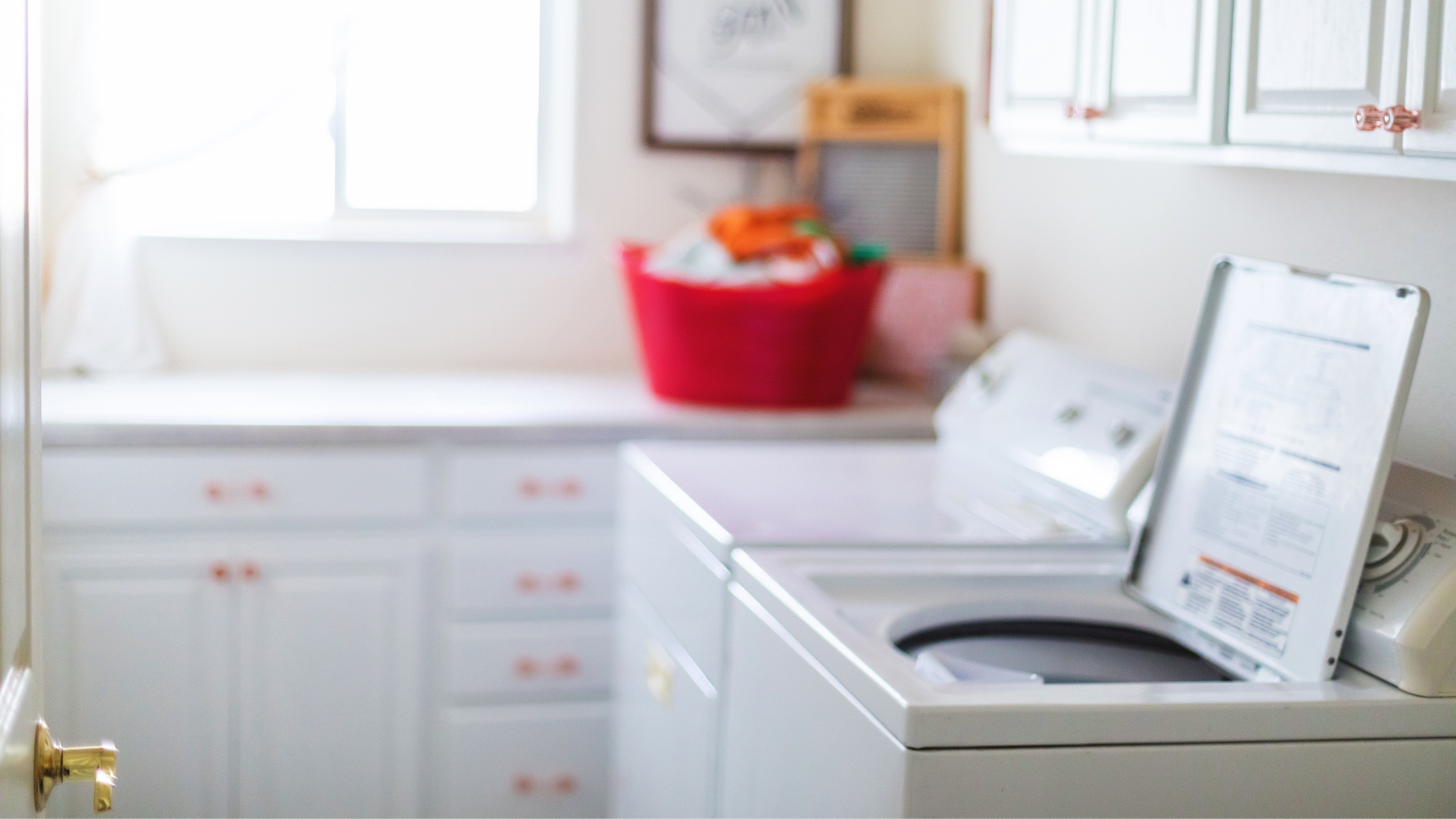 How to clean a top-loading washing machine in four easy steps
How to clean a top-loading washing machine in four easy stepsCleaning The easiest steps and best products to clean a top-loading washing machine
By Punteha van Terheyden
-
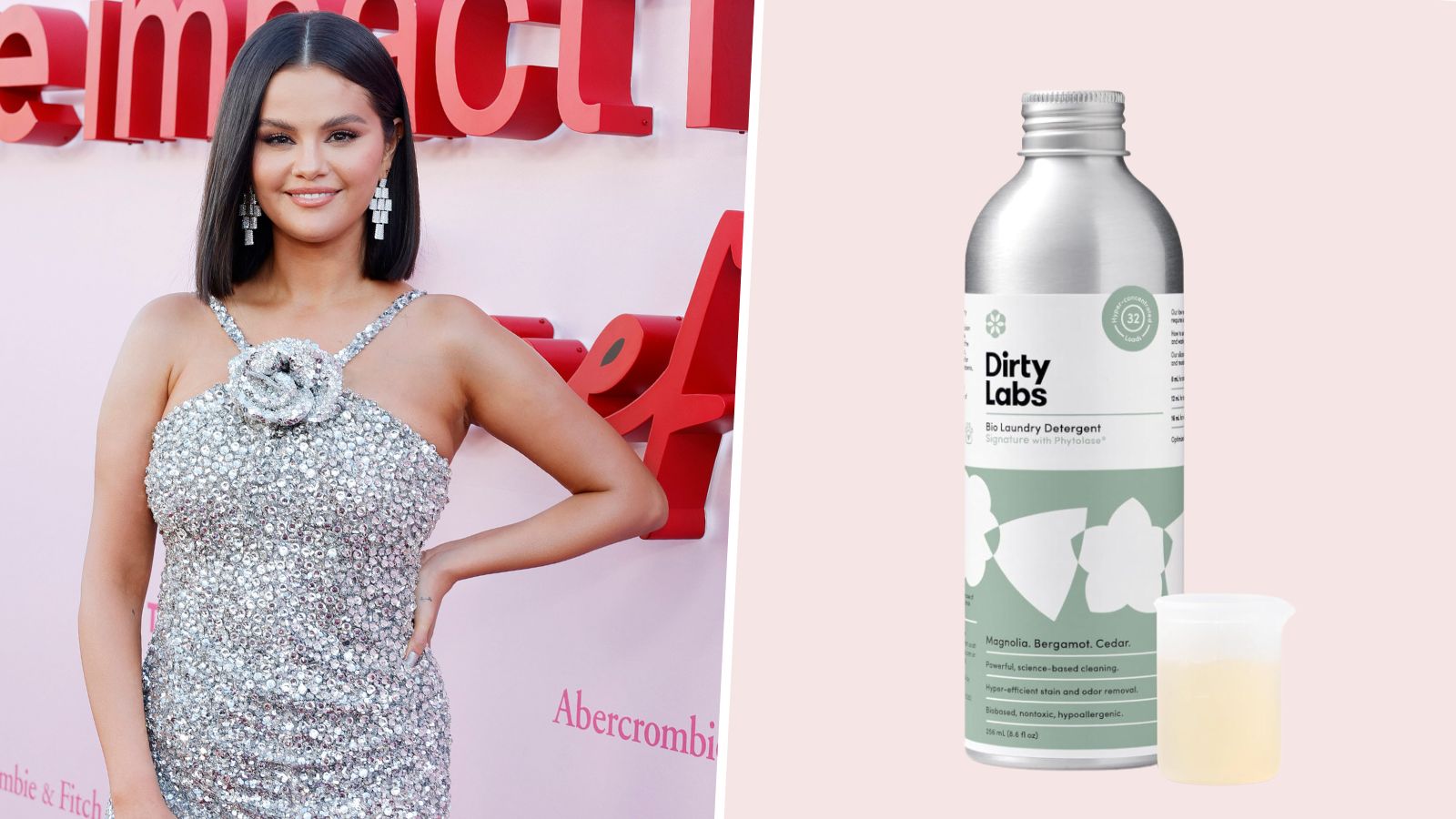 This Dirty Labs laundry detergent smells like Selena Gomez's favorite Le Labo fragrance — make your home smell expensive for just $15.20
This Dirty Labs laundry detergent smells like Selena Gomez's favorite Le Labo fragrance — make your home smell expensive for just $15.20Dirty Labs laundry detergent offers a woody, cozy aroma similar to Le Labo. Plus, it's an eco-friendly detergent
By Danielle Valente
-
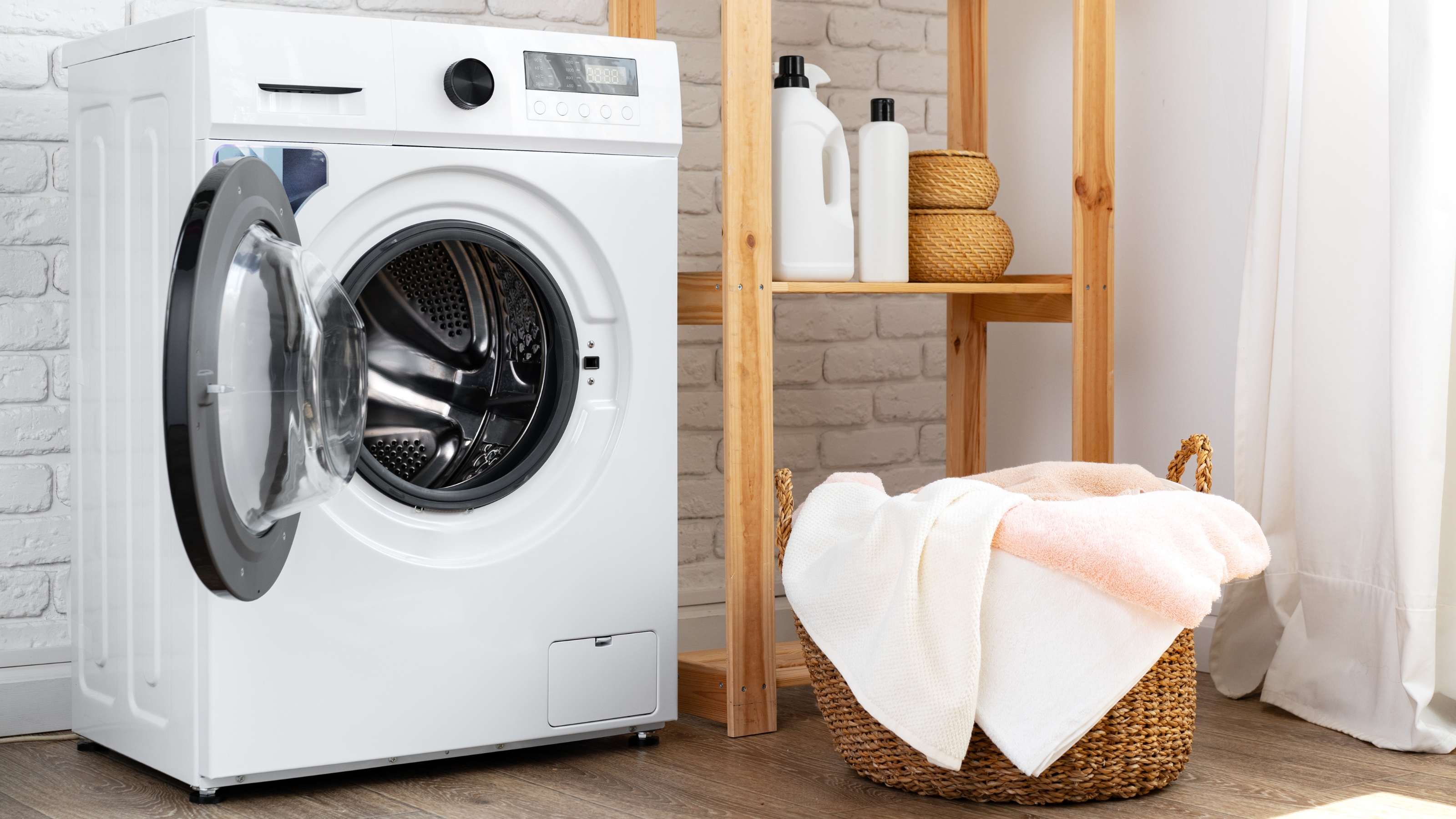 Can you wash dry clean only clothes in your washing machine?
Can you wash dry clean only clothes in your washing machine?If you're in a pinch, you may be wondering if you can wash dry clean only clothes in your washing machine. See what our experts have to say.
By Aida M. Toro
-
 9 common laundry myths you didn't know were false
9 common laundry myths you didn't know were falseFrom tough stains to figuring out which cleaning items to purchase, here's a guide to ending the myths that plague one of our fave household chores.
By Kate Santos
-
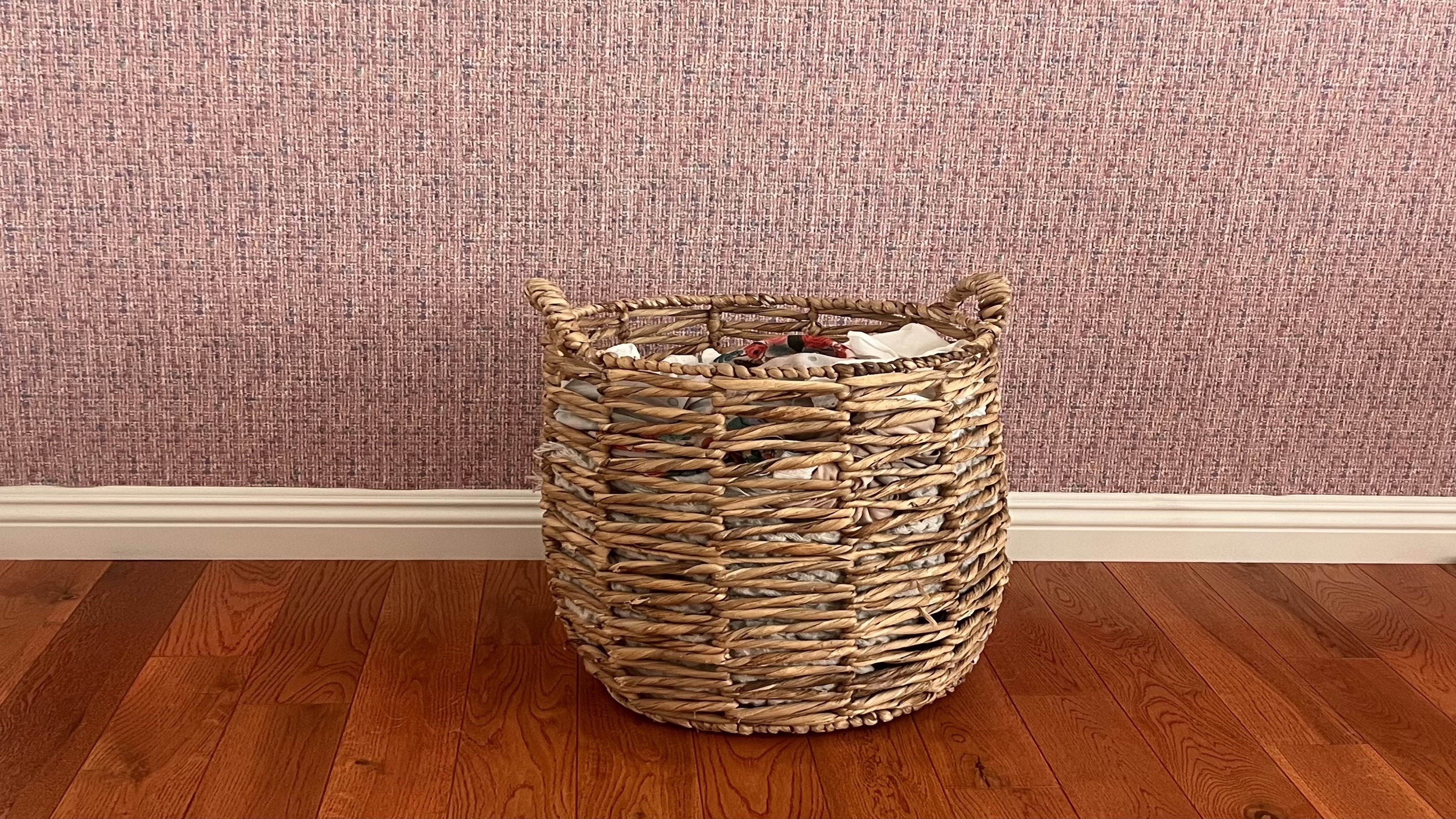 SOS: Can you wash wool in the washing machine?
SOS: Can you wash wool in the washing machine?Wondering if you can wash wool in the washing machine? See our expert advice for keeping your garments like blankets and sweaters, safe and sound.
By Amanda Lauren
-
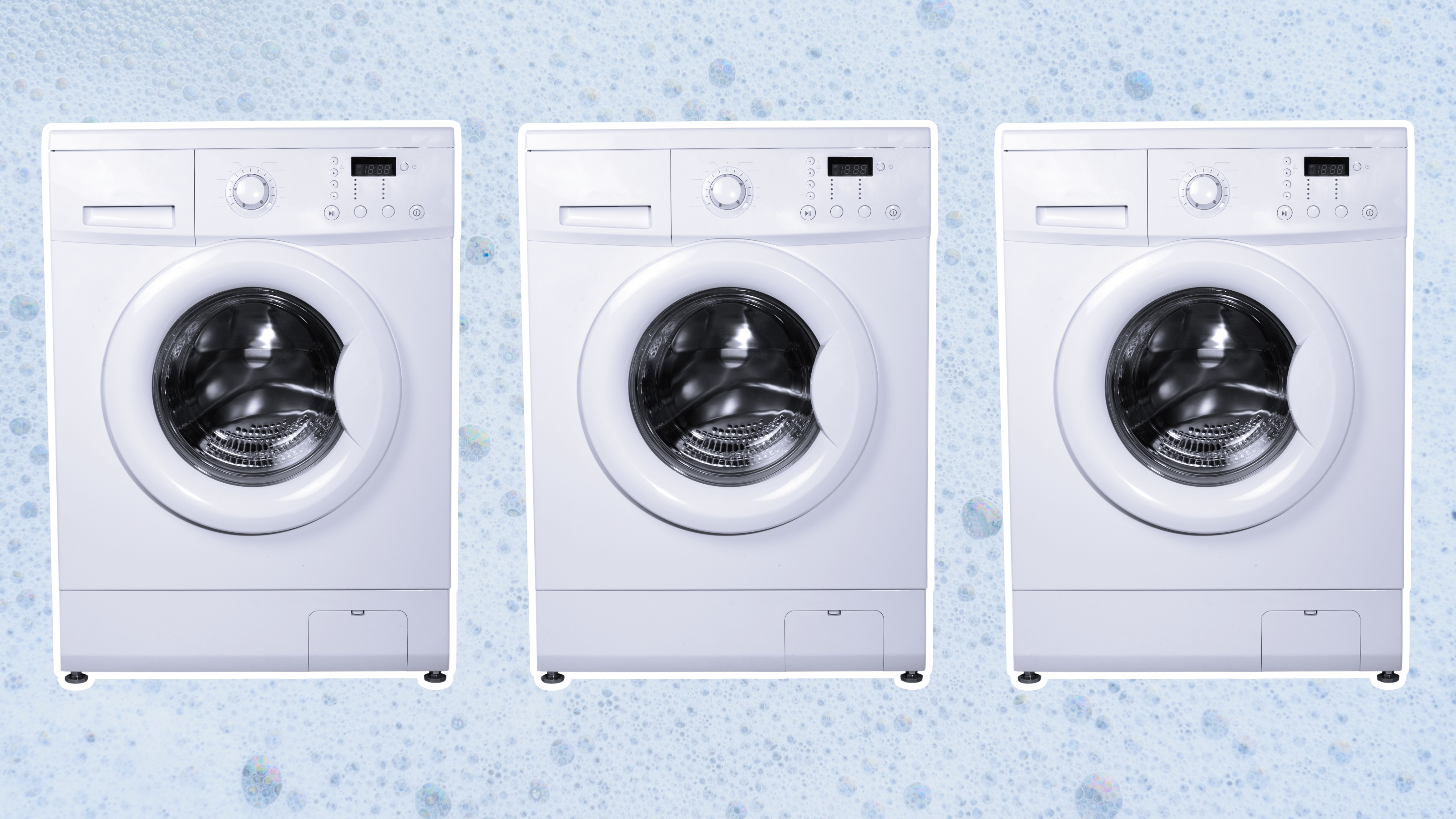 How to wash gym clothes and banish those stains and odors
How to wash gym clothes and banish those stains and odorsGet the most out of your sportswear and see how to wash gym clothes. Our step-by-step guide breaks down how to get rid of odors and keep things fresh.
By Kate Santos
-
 How to make your laundry smell good without dryer sheets
How to make your laundry smell good without dryer sheetsHere's how to make laundry smell good without dryer sheets. If you have sensitive skin or are looking for a different way to make your laundry smell fresher, these tips and ideas are perfect.
By Beth Mahoney
-
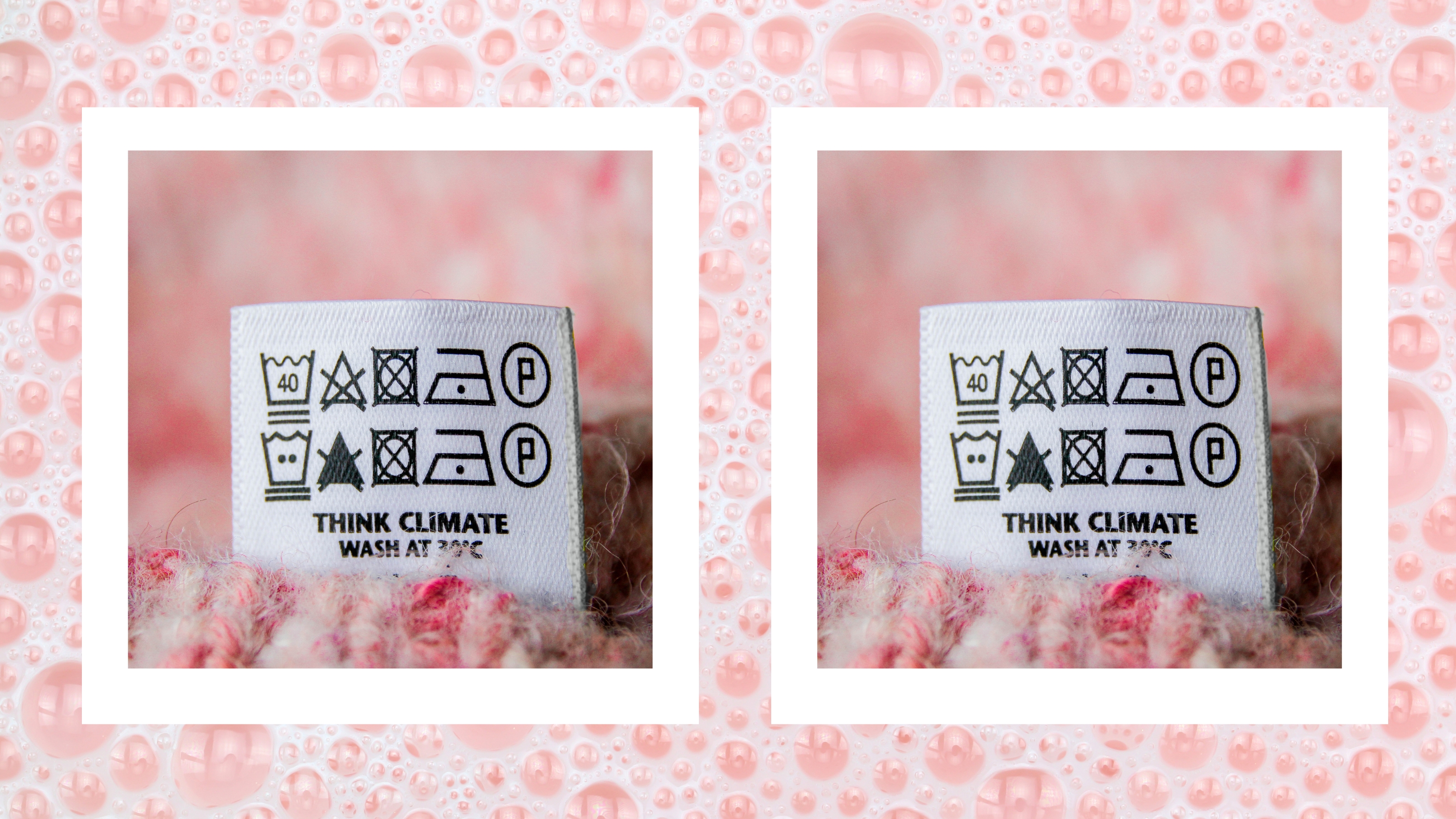 5 ways to save money on laundry without ruining your cute clothes
5 ways to save money on laundry without ruining your cute clothesLooking to cut your washing costs? Here's how to save money on laundry without wrecking your clothes!
By Beth Mahoney